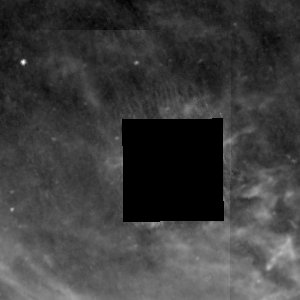Version 3.2.0 of SkyView includes a new section, Quantitative, in the survey description file. This section is intended to capture machine-friendly quantitative characteristics of SkyView surveys. Diverse sources have been used for these and notes are included giving the source when it is not in the standard reference for the survey.
Currently all surveys include a central, minimum and maximum frequency in Hertz.
A central epoch is given and one or more ranges for the epoch are available. Note that the central epoch is a kind of average of the ranges and occasionally the central epoch is actually outside of the constituent ranges. Epochs are given in Modified Julian Days.
The coverage of each survey is given as a fraction of the sky. For some of the GOODS survey datasets these can be quite small.
Both a nominal resolution and scale are given. For surveys where the resolution may be variable a typical good value is given. Units for these quantities are arcseconds.
Lastly an estimated sensitivity of the survey in Janskies is given. Often this involves significant estimation and the numbers should be treated with caution. Note that a better gauge of the relative sensitivity of two surveys may be the product of frequency and sensitivity.
These data may be obtained as a CSV file or explored as a plot using new capabilties in v3.2.0.


